From 1 October 2017, the system insurers use to classify write-offs will change.
Understanding the new code is important, both for drivers involved in an accident, and for anyone who buys a second-hand vehicle.
5 Star Defaqto rated cover
RAC Comprehensive Car Insurance Plus has been given a 5 Star Rating by Defaqto. Get a quote online today.


What are the changes?
For the past decade, write-offs have been grouped into four categories: A, B, C and D.
These were graded in order of severity, with Category A for irreparable damage and Category D for vehicles that could – potentially – be returned to the road.
The new system substitutes C and D for the new categories of S and N, ranking write-offs as follows:
A - Scrap only
B - Break for parts
S - Structurally damaged but repairable
N - Not structurally damaged, repairable
Category A write-off
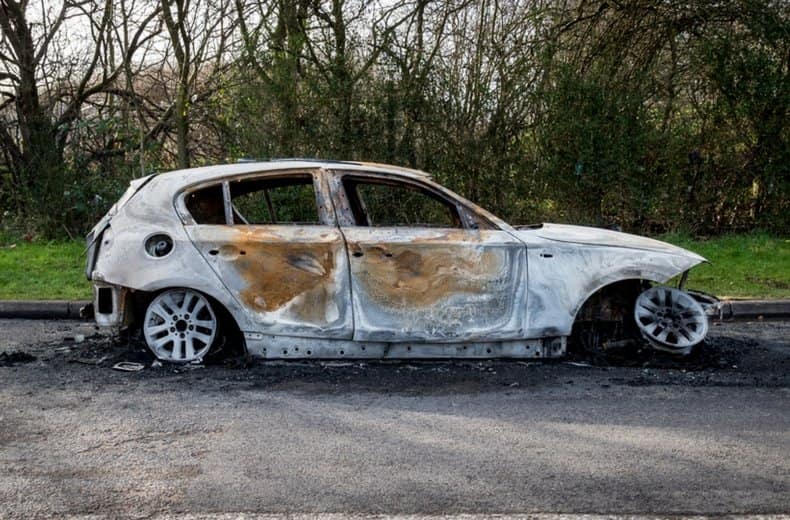
Category A covers vehicles that are only fit to be crushed, such as those burnt-out by fire.
Category B write-off
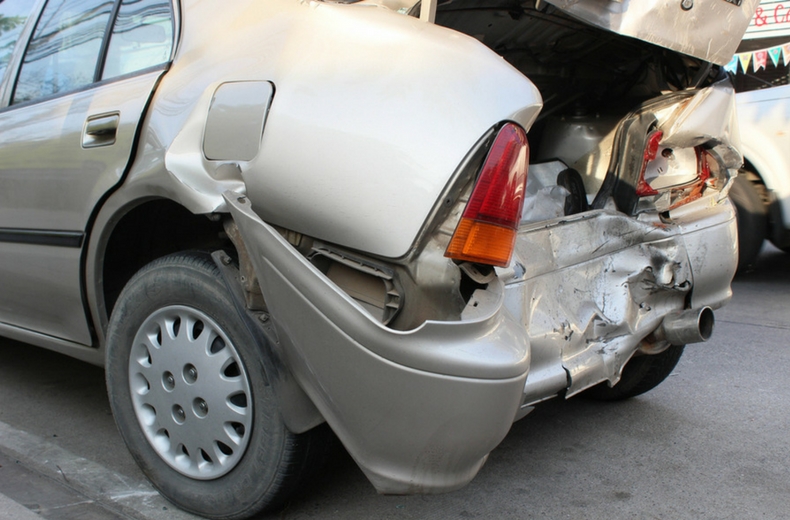
Category B vehicles have sustained serious damage, but certain parts will be salvageable; the engine from a car in a rear-end shunt, for example.
Once these parts have been removed, the car will be destroyed.
Category S write-off
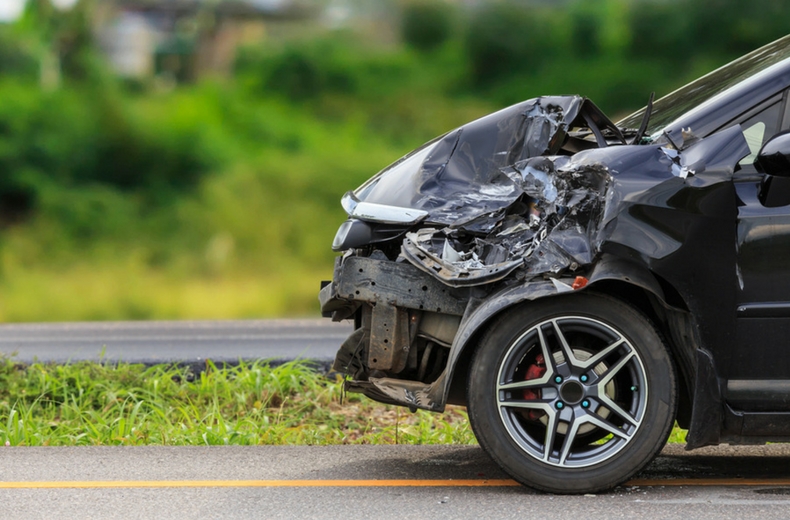
The new Category S means the vehicle has suffered structural damage. This could include a bent or twisted chassis, or a crumple zone that has collapsed in a crash.
Category S damage is more than just cosmetic, therefore, and the vehicle will need to be professionally repaired. Also, it won’t be safe to drive until then.
Category N write-off
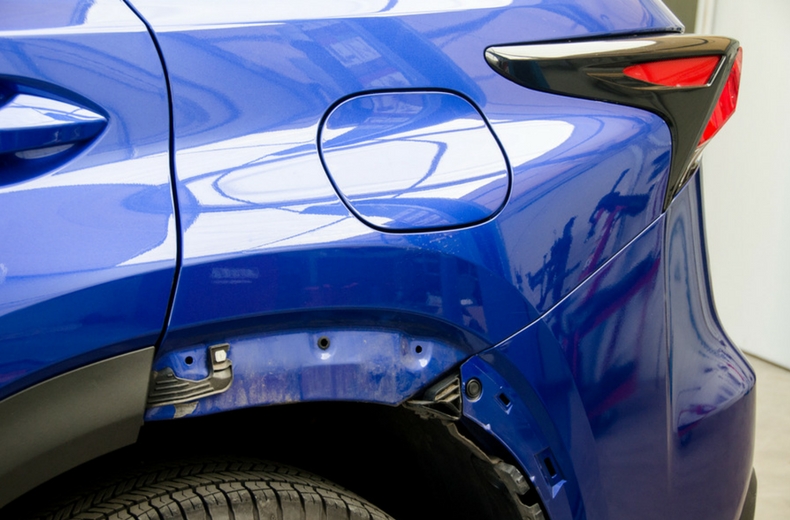
Lastly, there’s the – also new – Category N.
Vehicles graded accordingly haven’t sustained structural damage, so the issue may be cosmetic, or a problem with the electrics that isn’t economical to repair.
Don’t assume such vehicles are drivable, however; non-structural faults may include brakes, steering or other safety-related parts.
Why are the changes being brought in?
Previously, categories C and D were very much governed by the insurance-estimated cost of repair.
Category C was used where all related costs exceeded the vehicle's value, while Category D vehicles were judged less expensive to repair than replace.
In reality, the threshold for write-offs varies, but many insurance companies will condemn a vehicle to the crusher if the cost of repair is more than half its market value.
As cars become ever more complex, the bill for repairing them has gone up – increasing the likelihood of a write-off.
This meant some cars that were still usable and safe to drive could end up being scrapped.
It also encouraged ‘bodged’ repairs in order to return structurally-damaged vehicles to the road, as this issue wasn’t explicitly highlighted.
The new categories are designed offer drivers and used-car buyers additional clarity, shifting the focus away from merely the cost of repair and highlighting structural issues that affect safety – and must be properly dealt with if the vehicle is to remain on the road.
Ben Howarth, senior policy adviser at the Association of British Insurers, explained: "The salvage code is a great example of the insurance industry working together for the good of the general public.
"It’s important the code moves with the times, and this update takes account of two years of consultation and extensive technical scrutiny from Thatcham Research.
"The changes are focused on making the UK’s roads safer, and ensuring that consumers have transparency about the history of vehicles they are considering buying."
Will the changes actually help people?
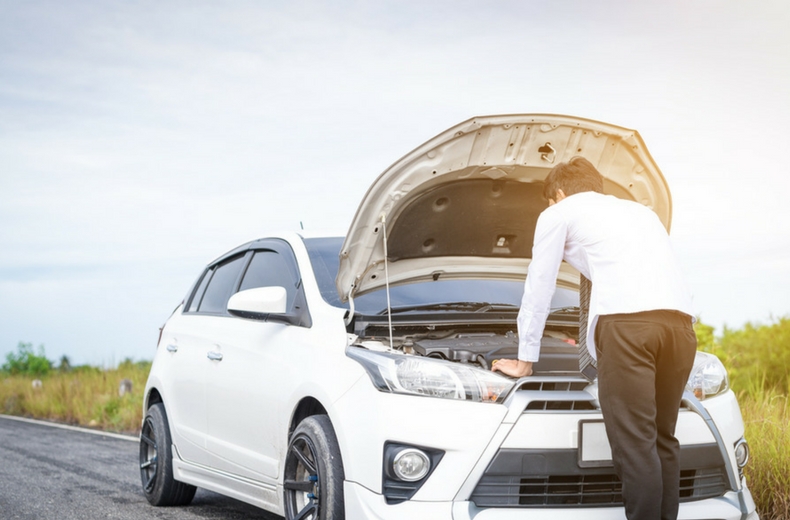
There’s some debate about how effective these measures will be. Above all, this is only a voluntary code; there is no law to support it.
That means an individual or company – a less-than-scrupulous taxi firm, for example – could put a poorly-repaired vehicle back on the road, and sell it on, without it ever being formally assessed as a potential write-off.
Even if vehicles were declared write-offs, those rated Category C and D could previously be returned to the road only after they had passed a Vehicle Identity Check (VIC).
However, this was phased out in 2015 on cost grounds, removing another safety net for consumers. The rule, as ever, is ‘buyer beware’.
Tamzen Isacsson, Director of Communications at the Society of Motor Manufacturers and Traders (SMMT), said: “Manufacturers design and build vehicles to the highest possible safety standards.
"[This] is a positive and significant step by industry, insurers and governing bodies to further improve safety on our roads and ensure there is clarity on whether an accident-damaged vehicle is fit for repair or should be scrapped.
“We welcome the new voluntary code, but putting a complete stop to the unscrupulous activity of repairing vehicles that should be scrapped will require legislation.”
- Buying a used car - the ultimate checklist
- How to spot a clocked car
- VIN number - what is it and why is it important?
Should I buy an insurance write off?
Insurance write-offs rated A and B are not suitable for repair and should never be offered for sale.
However, it is quite legal for category C and D vehicles (soon to be S- and N-category vehicles) to be fixed up and sold on – provided the buyer is informed of the car’s history.
If a vehicle has been written off it might appear riskier than choosing a vehicle with no accident history, but there are large savings to be made.
- RAC Temporary Car Insurance from 1 hour to 30 days
- RAC Learner Driver Insurance from 1 day to 5 months
What to do if buying an insurance write off
Whether you were already aware of the vehicle being a write off, or it was revealed using a vehicle history check, you can use this information to negotiate a much cheaper price.
After confirming the vehicle's history we recommend you then purchase a vehicle inspection.
A vehicle inspection will confirm the mechanical state of the car, uncovering any hidden problems that could cause you issues further down the line.
These inspections cost from £99, a meagre cost in comparison to the savings you could potentially make on the purchase price.
- Buying a used car – the ultimate checklist
- Car insurance groups explained
- Avoid car scams and frauds with these top tips
Things to consider
Buying a write off, if done correctly, can save you a serious amount of money on the upfront costs, but there is more to consider.
Just as you bought it for a cut-price deal, the chances are someone else will want do the same to you when you resell it.
It is also worth considering insurance costs too.
Not all insurers will offer cover for written-off cars, or they might charge higher premiums to do so.
You'll need to do your research first to find out of all of the costs still equate to a good bargain, given it will also have a lower resell value.
If you are, however, considering buying a car for the long term, where resell value becomes less of a factor, then a written-off car, providing it's in good health, could be a shrewd investment.
Ultimately, you should only buy an insurance write-off if you are 100% confident about the vehicle’s history and integrity.

RAC sale – up to 33% off*
• Roadside cover from £5.29 a month†
• We get to most breakdowns in 60 mins or less
• Our patrols fix 4/5 breakdowns on the spot

Changes to insurance write off categories - FAQs
- Do Cat S cars cost more to insure?
Category S cars are vehicles that have been damaged in an accident but have been repaired and certified as being safe to drive. The cost of insuring these cars is usually higher than that of other vehicles due to the nature of the repair and the potential for further damage.
The cost of insuring these cars will depend on the make and model, as well as the repair work that has been undertaken. Generally speaking, insurance companies will need to assess the repair work to decide on a premium, as they will need to determine whether the car is safe to drive. Insurance companies may also consider the age of the car and its mileage, as these factors can affect the value of the vehicle and the cost of repair work. If you do need a repair, why not consider using an RAC Approved Garage or RAC Mobile Mechanic.
- Is it safe to buy Category S cars?
Category S cars are vehicles that have been written off by an insurance company as a result of being involved in an accident. While the prospect of purchasing a car that has been in an accident is understandably a bit intimidating, it’s important to understand that Category S cars can often be just as safe as any other car on the road.
The first thing to keep in mind when considering purchasing a Category S car is that it must pass a range of tests before it can be put back on the road. This includes a comprehensive mechanical inspection, as well as an extensive document check. The vehicle will also be subject to a thorough safety check, including a detailed visual inspection of the vehicle’s bodywork to ensure that it is structurally sound.
Moreover, Category S cars must also be fitted with a Vehicle Identification Number (VIN), which allows the car to be tracked and monitored. This is a great way to ensure that any Category S car you are considering has been properly checked and is safe to drive.
In addition, the majority of Category S cars have been repaired to a high standard. The insurance company will usually cover the costs of repairing any damage to the vehicle, ensuring that it is restored to its original condition.
Overall, Category S cars can be just as safe as any other car on the road, so long as it has been properly checked and repaired. With the right due diligence, it’s possible to find a great deal on a Category S car that is safe, reliable and will serve you well for years to come. - How bad is Category S damage?
Category S damage, also known as Structural damage, is one of the most severe types of damage a vehicle can sustain. It refers to damage that is so extensive that it affects the structure of the vehicle, compromising its safety and stability. This type of damage is not only expensive to repair, but can also be dangerous to drive with.
However, before it becomes road legal again, extensive repairs and tests are made to ensure absolute safety. As a result, Category S cars can be just as safe as any other car on the road, so long as it has been properly checked and repaired.
- What do Cat S cars mean?
Cat S cars are vehicles that have been written off by an insurance company due to their structural condition. This means that they have suffered serious damage, such as a major accident, fire, theft, or flood damage, and are deemed uneconomical or unsafe to repair.
In the UK, Cat S cars are classified by the Association of British Insurers (ABI) and are split into categories S1, S2 and S3, depending on the severity of the damage.
Cat S cars are usually sold via salvage auctions, which provide an opportunity for buyers to purchase a vehicle at a much lower cost than the original market value. However, buying a Cat S car should be undertaken with caution, as the extent of the damage may not always be immediately apparent. - What is worse Cat D or Cat S?
A Category D insurance write-off falls into the former class: it can legally return to the road, so long as it complies with specific rules governing the various stages of its return to use on the public highway. It generally means the vehicle has been lightly damaged but the financial cost of repairing the car outweighs its market value.
However, Cat S cars are vehicles that have been written off by an insurance company due to their condition after they have suffered serious damage and are deemed uneconomical or unsafe to repair.
Therefore, Cat S is worse than Cat D when it comes to car insurance write-offs.
- Do Cat S cars lose value?
The short answer is yes. Due to the extensive damage the vehicle has suffered, it makes it less appealing to a buyer and more expensive to insure. Cat S cars are those that have been written off in an insurance claim due to being too damaged to repair. As a result, they will typically have sustained a lot more damage than a regular used car. This means that Cat S cars are likely to depreciate more quickly than a regular used car.
- How much does a Category S devalue a car?
The amount that a Category S label devalues a vehicle depends on a number of factors, such as the age and condition of the vehicle before the accident and the extent of the damage after it. Generally speaking, a Category S vehicle can devalue a car by up to 50% or more of its pre-accident market value. However, this can vary drastically due to the make, model and year of the vehicle in question.







